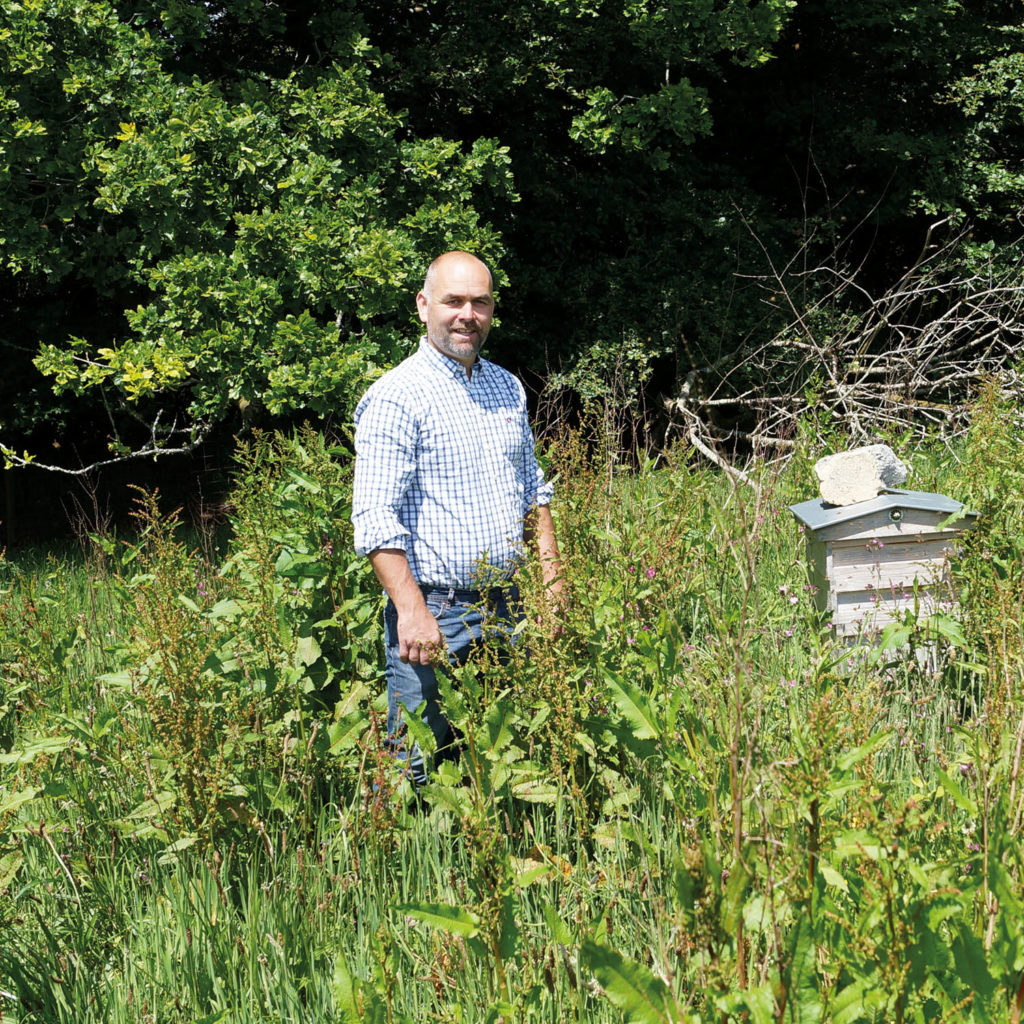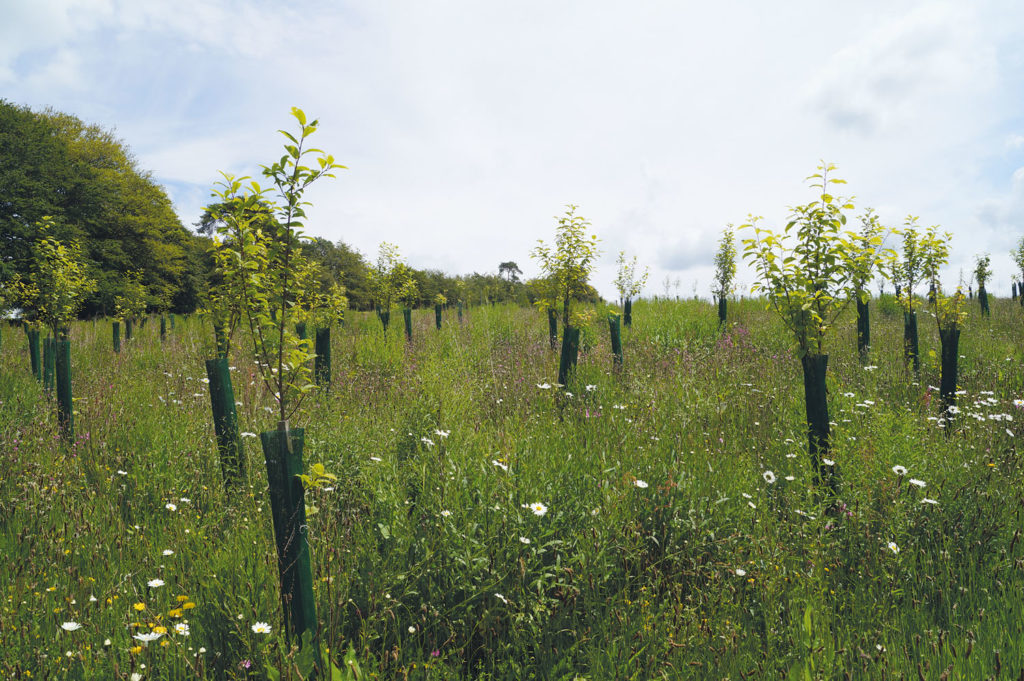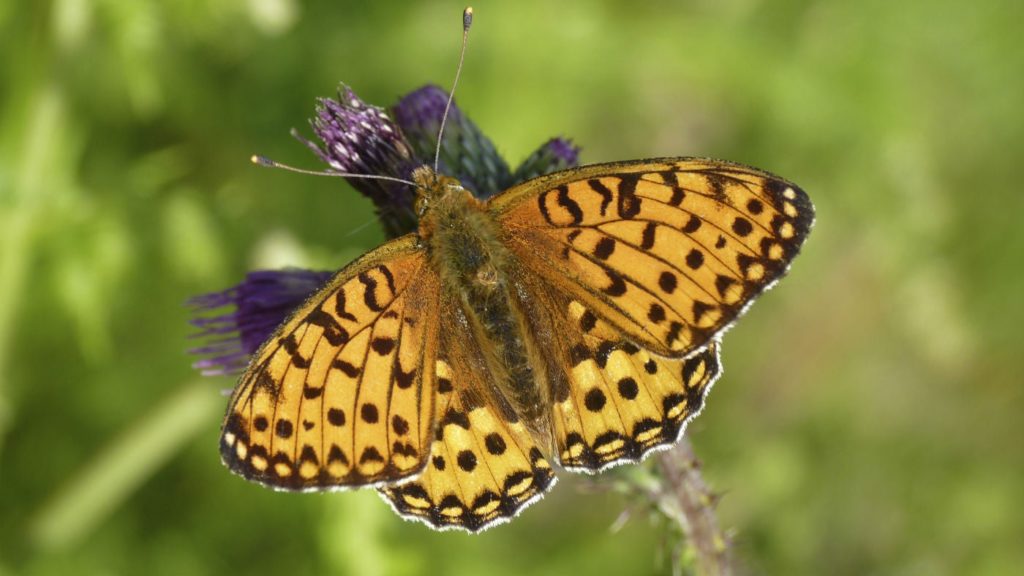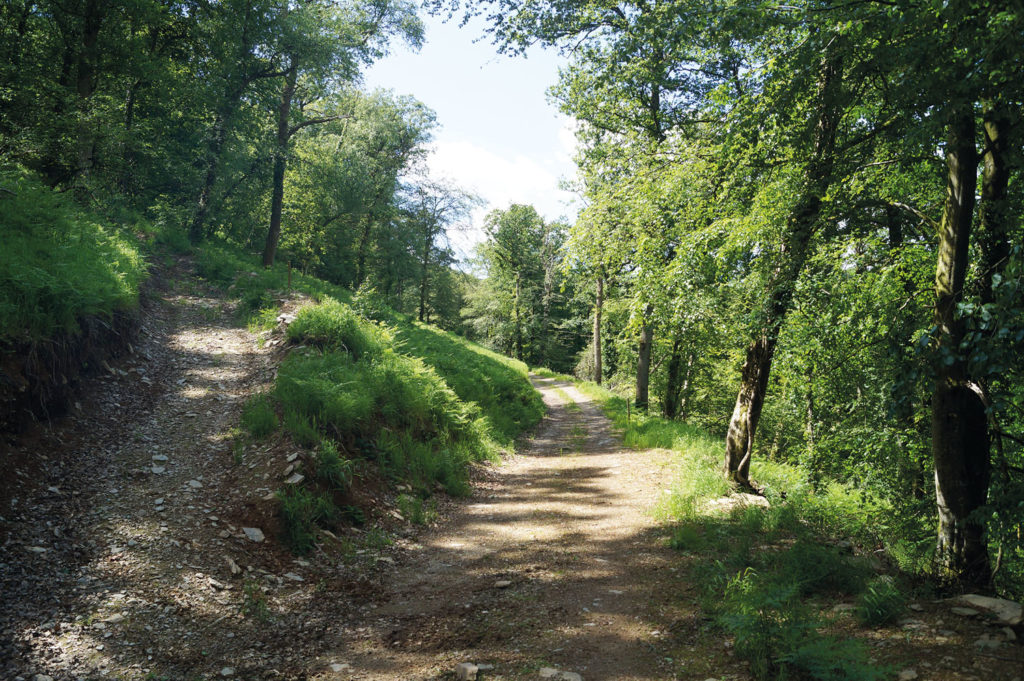Britain’s farmland birds are in dramatic decline, but on the shoots of Exmoor they are thriving thanks to land managers like Darren Ninnis and Pete Stanbury

Large shoots are often criticised for having a negative environmental impact due to the greater numbers of birds being released, but a groundbreaking scientific study by the GWCT found that where farmland birds are concerned, the opposite was the case. Exmoor is a region traditionally associated with large-scale gamebird release and the study, the first of its kind, took place on seven shoots covering an area of 10,000 hectares.
The results were startling, revealing that, on average, Exmoor shoots had 2.5 times more birds breeding farmland birds than nearby unkeepered countryside and the secret is the scale of operation. For example, cover crops average three hectares on Exmoor compared to 0.65 hectares on shoots elsewhere. Crops such as bird seed mix kale, miscanthus and maize are planted for gamebirds but also offer food and shelter for farmland birds and insects.
Farm facts
- Location: Exmoor
- Type of farming: sheep and beef
- Acreage: 1,000 (including 450 woodland)
- Funding grants: Countryside Stewardship Higher Tier
On the 1,000-acre Hollam Estate in the Exmoor National Park, farm manager Darren Ninnis and headkeeper Pete Stanbury integrate 90 acres of game crops with the farming operation. Darren, who rears all the birds and hosts the shoot days said: “On Exmoor, game crops have changed a lot since the days of blanket planting maize. We have learned over the years that whatever is good for nature is good for pheasants as well.”
Pete added: “Seventy per cent of our mixes are different types of kale and fodder radish and the rest are cereals including triticale, reed millet, sorghum and linseed. In late summer/early autumn, when the crops are all up they are full of small birds and the butterflies love the white flowers of the fodder radish. We leave them for two or three months after the season ends before ploughing them up, which provides food through the hungry gap.”
On most UK shoots, cover crops are planted as strips on the margins but on Exmoor whole fields are sown. These large areas are key to conservation success because research shows that you need a plot of at least one hectare to provide enough food and habitat for songbirds such as linnets, bullfinches and tree sparrows to overwinter and then breed in adjacent hedgerows.

The other advantage of having a number of large shoots next to each other is that they offer diversity of habitat on a landscape scale, which is key to species recovery. The old style of mixed farming provided cereals, next to meadow, next to roots, next to pasture, whereas modern cropping systems often result in large blocks of grass or cereals. The GWCT study showed that shoot cover crops mirror the cropping patterns on Exmoor in the 1960s before the switch to predominantly livestock farming and intensive grass production. Similarly, as well as growing food for birds, the gamekeepers distribute grain for pheasants, which provides another food source for wildlife throughout the shooting season.
These days there is little profit to be made from costly woodland management, but on Exmoor, shoots pay for gamekeepers to cut wide rides for pheasants and clearings to let in sunlight. Opening up the canopy encourages undergrowth, so benefitting a range of species from butterflies to woodland birds. The size of ground available to keepers means they can build more extensive release pens, allowing for lower stocking density and less pressure on the woodland environment.
Pete said: “We have three big pens and several smaller ones and we are constantly adjusting them to create more space. Once the season has ended, we begin work on the woods from end of February to May, removing dead or dangerous trees, cutting them back from the tracks and thinning areas. Conservationists come and look inside the pens and they love it. In fact, they say we have all our best trees in there because we keep the gates shut, which protects them from deer damage.”

Estate owners Annie and Preben Prebensen are committed to farming in a environmentally sensitive way, and having the shoot means there’s less financial pressure to graze every inch of the land. There are several areas of the farm where an area of scrub or long grass has been allowed to develop. One such was a field of wild flower mix planted with cherry trees which the pheasants like to use as cover. After three years there are still plenty of flowers in the long grass and it’s full of insects. On the other side of the valley, a field on a steep slope has been left to revert to scrub. It acts as a break to stop pheasants wandering too far and hosts a wide range of wildlife, its bramble bushes abuzz with bees in the summer months.
Darren said: “You could say it’s a form of rewilding on a two-acre plot. It just shows if you leave something it quickly becomes a magnet for wildlife. It’s no good for silage. You could take the fence down and turn it back to paddock, but I think that would be sad. I’d rather keep it and see what happens.”
Another key conservation element provided by the keepers is predation management. Foxes and crows are controlled in the spring when they are a threat to breeding songbirds. Pete said: “We don’t have large numbers of corvids but we do some fox control in the spring and summer. We’re not trying to wipe them out, just relieving the pressure on the wild birds and pheasant poults at the key time.”
As well as the gamekeeping team, the number of people involved in the shoot extends widely into the local community. On each shoot day around 25 people are employed, including a team of 16 beaters and seven pickers-up, who retrieve the birds with two or more gundogs apiece. Beaters and pickers-up take the opportunity to socialise, keep fit and access beautiful parts of the moor. Pete said: “We have all ages coming out on shoot days. At weekends the kids come with their grandads – the shooting season is their favourite time of year.”
Game management is essential for the survival of the tourist industry
Shooting on Exmoor also puts money into the local economy through purchase of cover crop seed, fencing materials and other equipment. Making a living is tough for the small family farmers who are the bedrock of the community. Many of the farmers’ sons drive machinery for the contractors who sow and harvest the cover crops, or put in the fencing. This work is a lifeline for those farms that only make enough to employ one family member.
In addition, game management is essential for the survival of the tourist industry through the winter. Pubs and hotels depend on people coming to the region to shoot from September to the end of January. Overall, game shooting participants spent an estimated £38.5 million on shooting goods and services in the Exmoor region. The turnover may be high, but so are costs for the shoots, more than half of which are run on a not for profit basis.
Darren said: “We don’t run the shoot with profit in mind. We have a budget of £350,000 and any surplus is ploughed back into the infrastructure each year replacing vehicles and kit, repairing pens and maintaining woodland and game crops. Annie and Preben continue with it because they love being able to host their friends and as passionate conservationists they can see the benefits to the countryside.”

Hugh Thomas is founder of the Greater Exmoor Shoots Association (GESA), which was formed 15 years ago and represents 65 shoots including Hollam. He is proud of the keepers he works with and the way shoots co-operate and embrace the latest knowledge and best practice in different aspects of the operation from ensuring all the game gets into the food chain to managing public access. He said: “We have a very good relationship with the National Parks Authority. If they have a complaint from a member of the public they let me know and I contact those involved and aim to resolve the matter the same day.”
Hugh encouraged GESA to support the GWCT’s scientific study because he believes there is a powerful conservation argument for shooting on Exmoor and he is committed to responding to all its findings. For example, in spite of the large size of release pens on some of the bigger shoots, the research showed that pheasant droppings fertilise the woodland floor, preventing certain ‘lower order’ species, which prefer nutrient-poor soils, from growing.
Hugh said: “GESA’s strapline is ‘Keeping ahead of the Game’ and we strive to pioneer best practice in game management, so we got the report done partly to see what we need to change and then work out how to change it. If pheasants are getting too much protein that is being wasted as ammonia we can see what feed changes can do to save money and reduce the nutrient enrichment.”
As well as improving standards, Hugh hopes the research will help to counter misconceptions about Exmoor shoots by proving that in a region where intensive livestock farming dominates, they represent a lifeline for farmland birds and insects, enriching this spectacular landscape. He said: “Some of the young keepers come out of college knowing well how to look after pheasants, but what they learn here is that gamekeeping is about looking after the environment and the countryside.”
This case study is taken from our book Working Conservationists Issue 2, available here for just £3.95.
